Postwar Modern
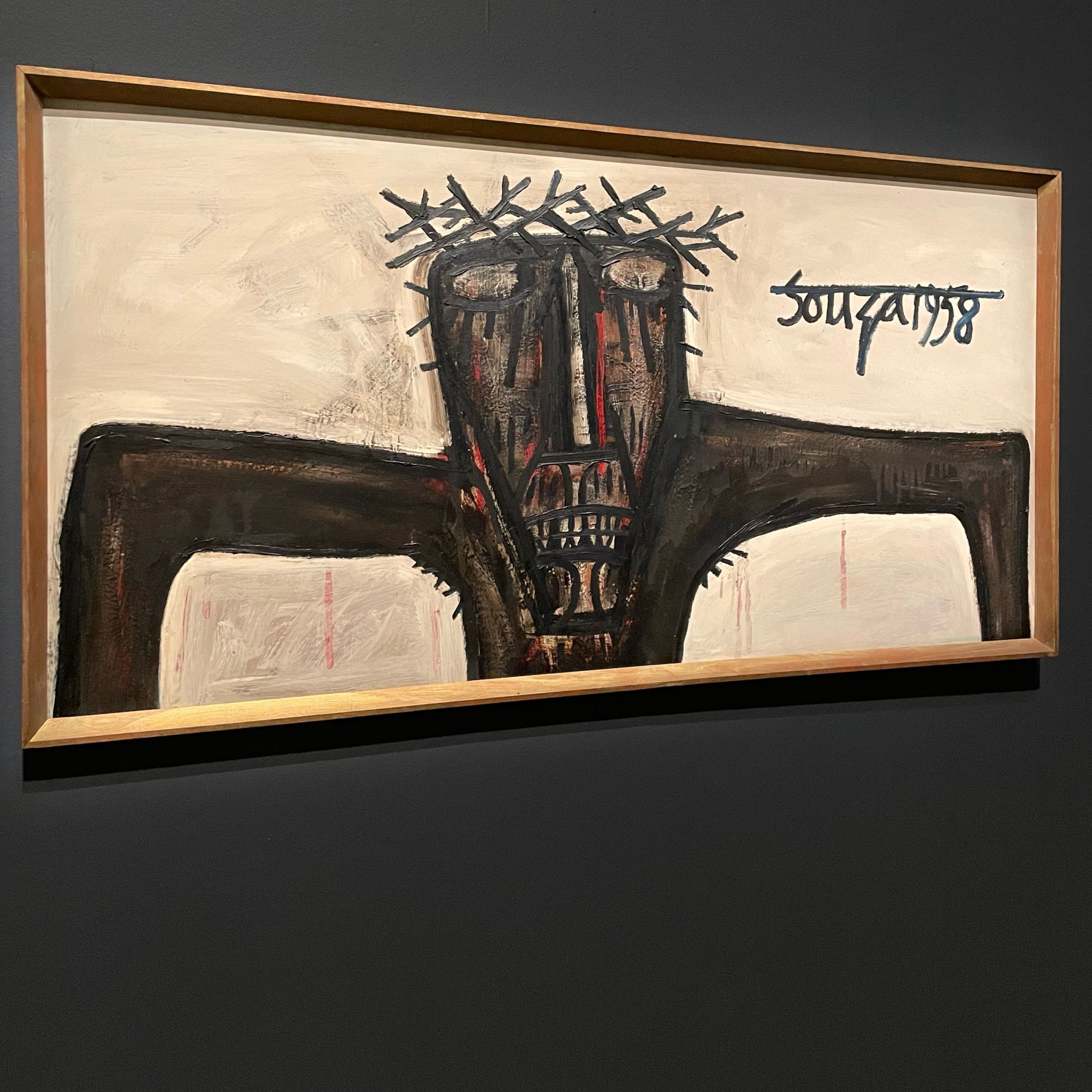
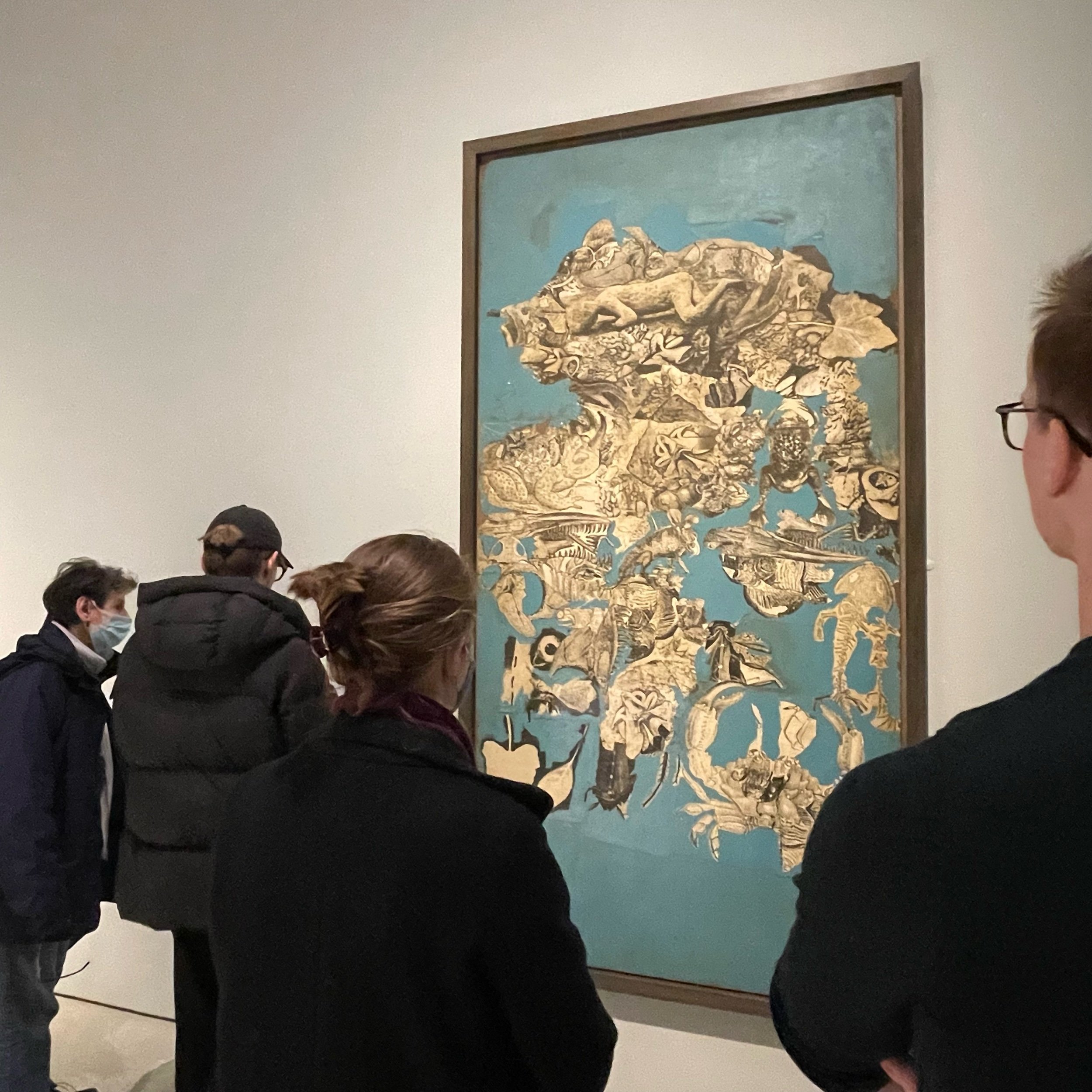
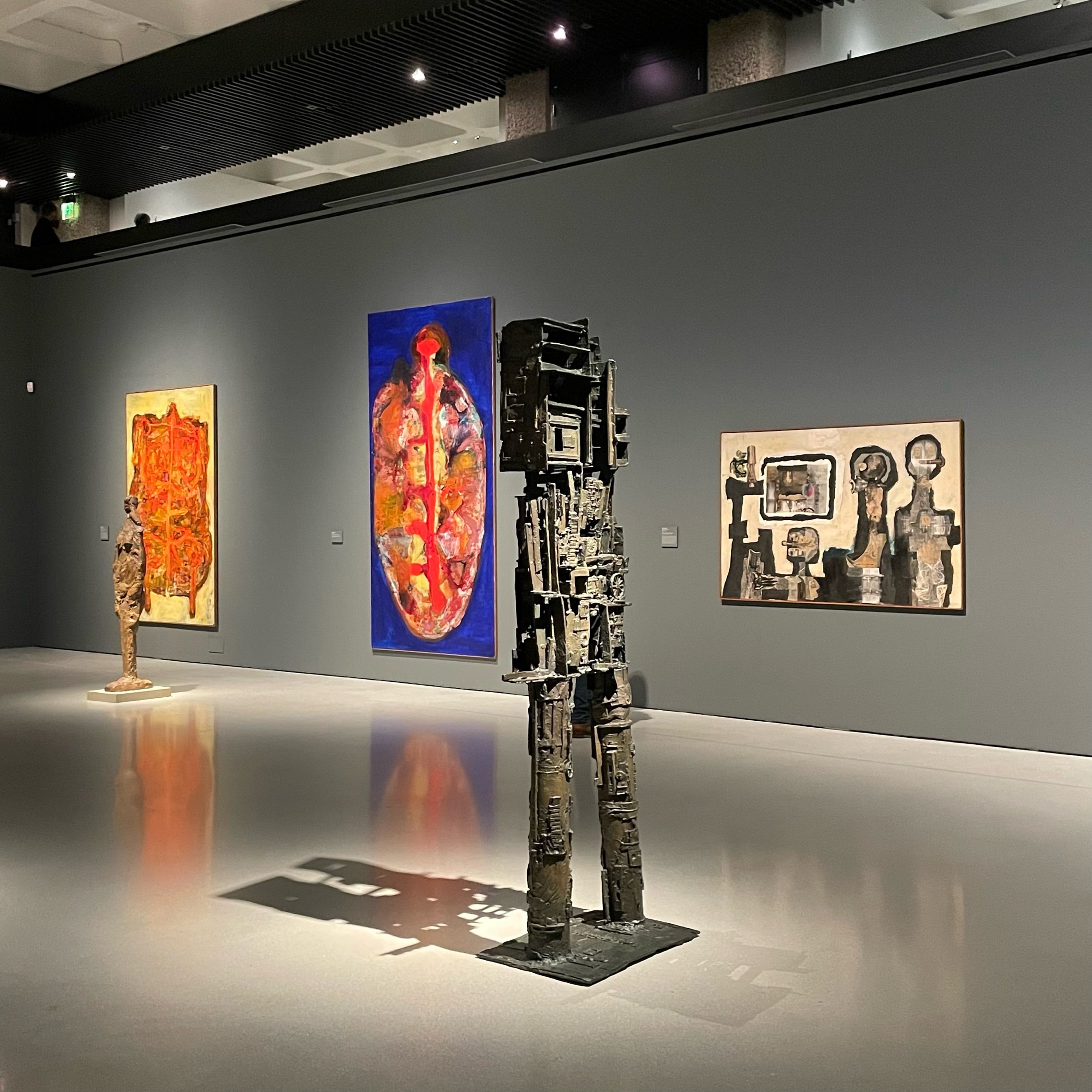
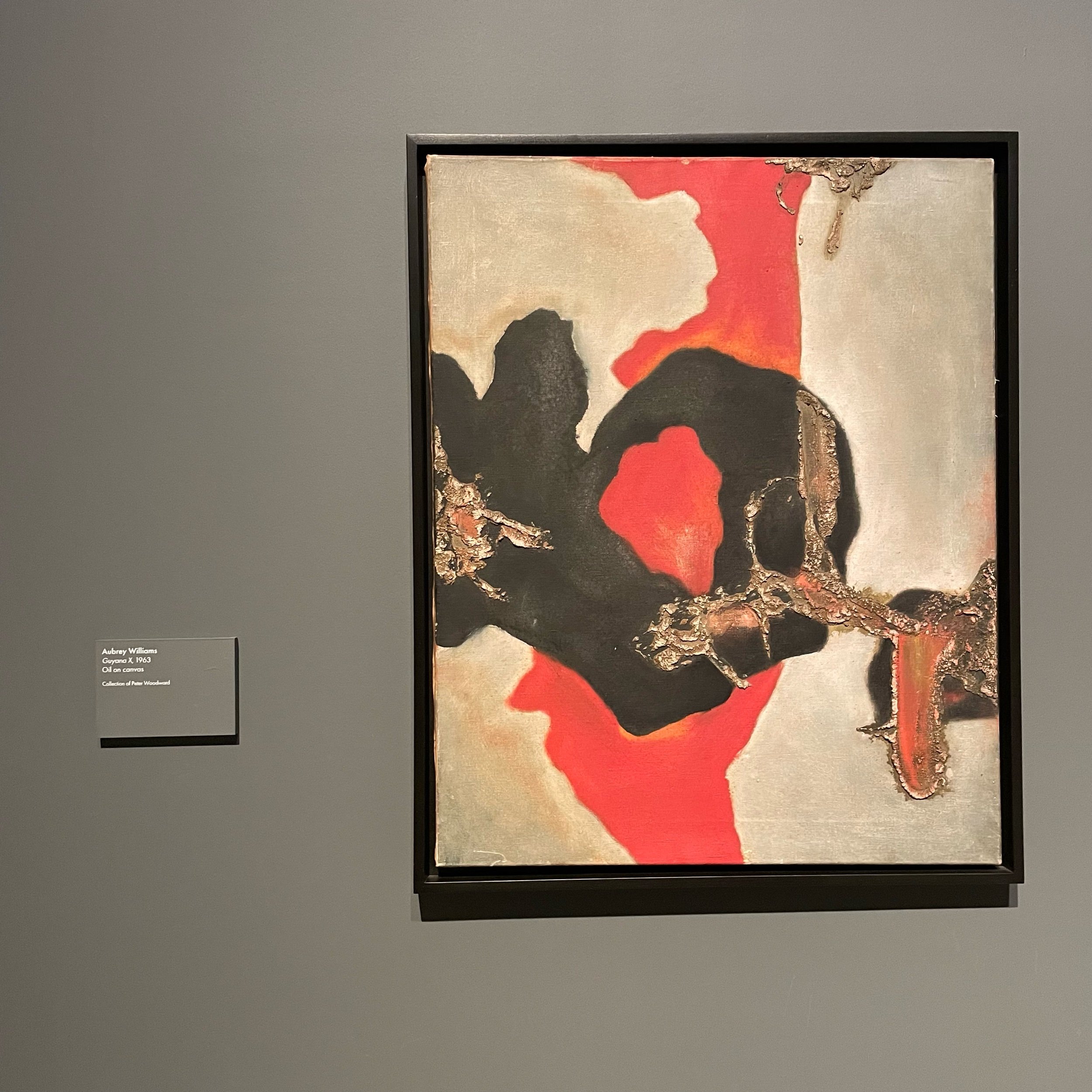
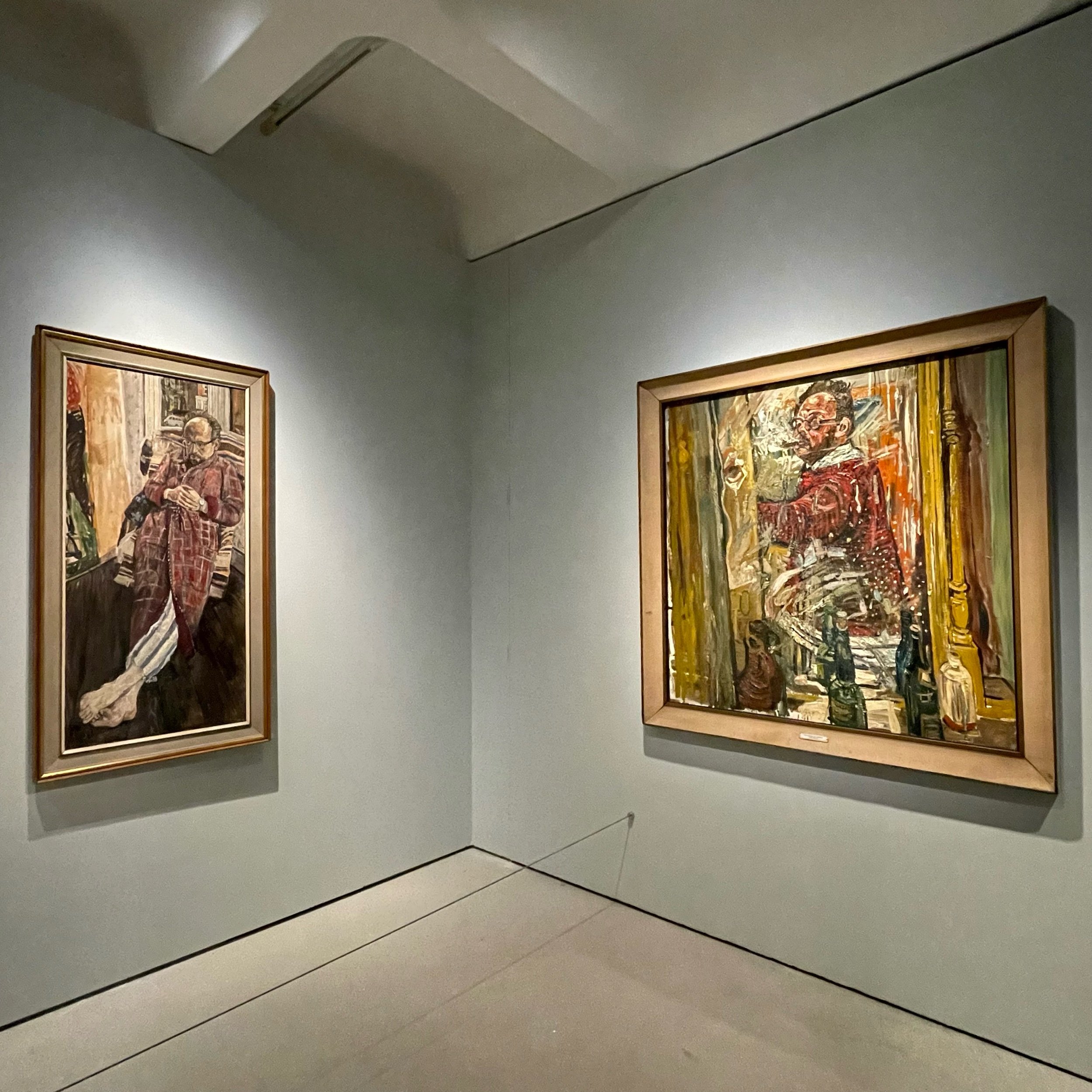
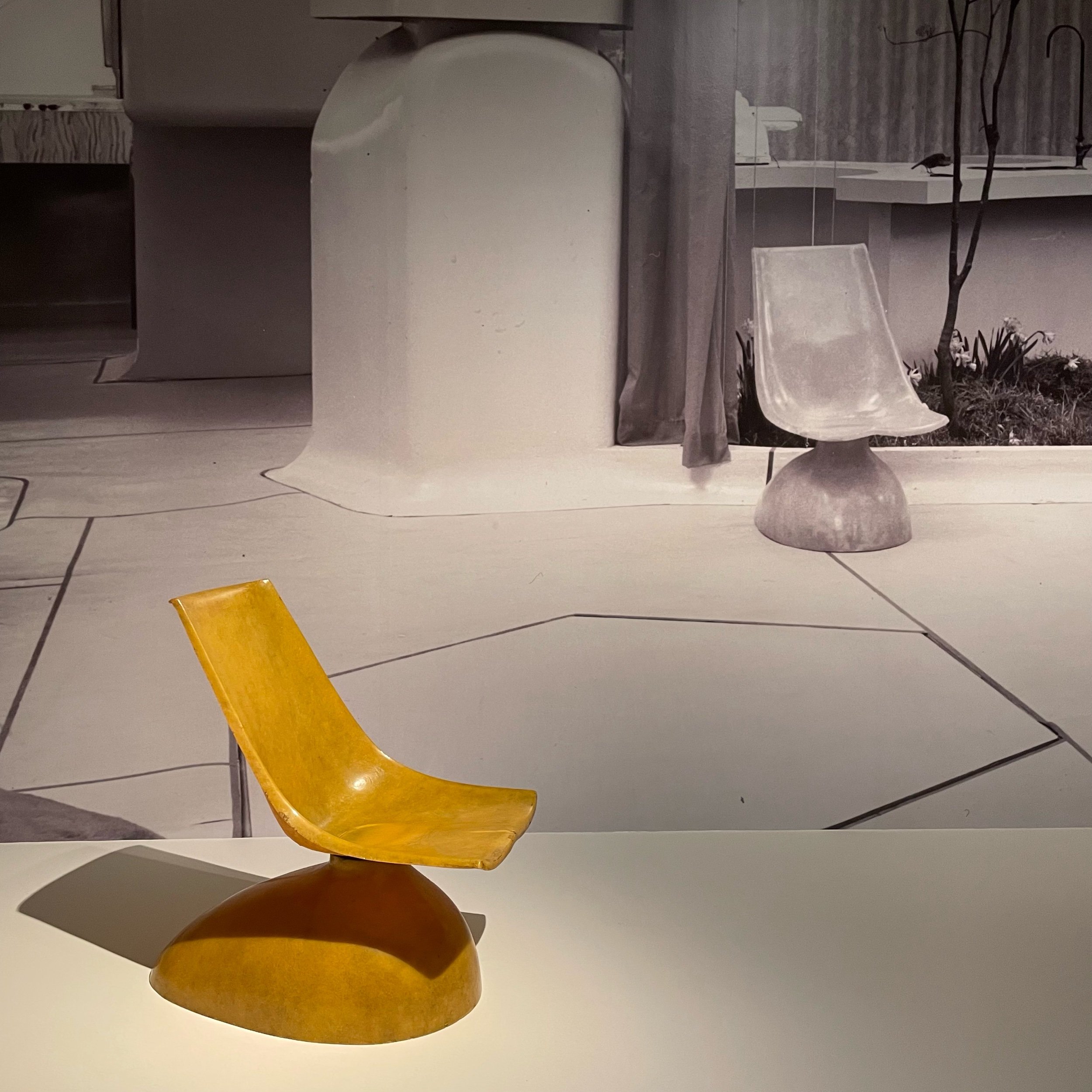

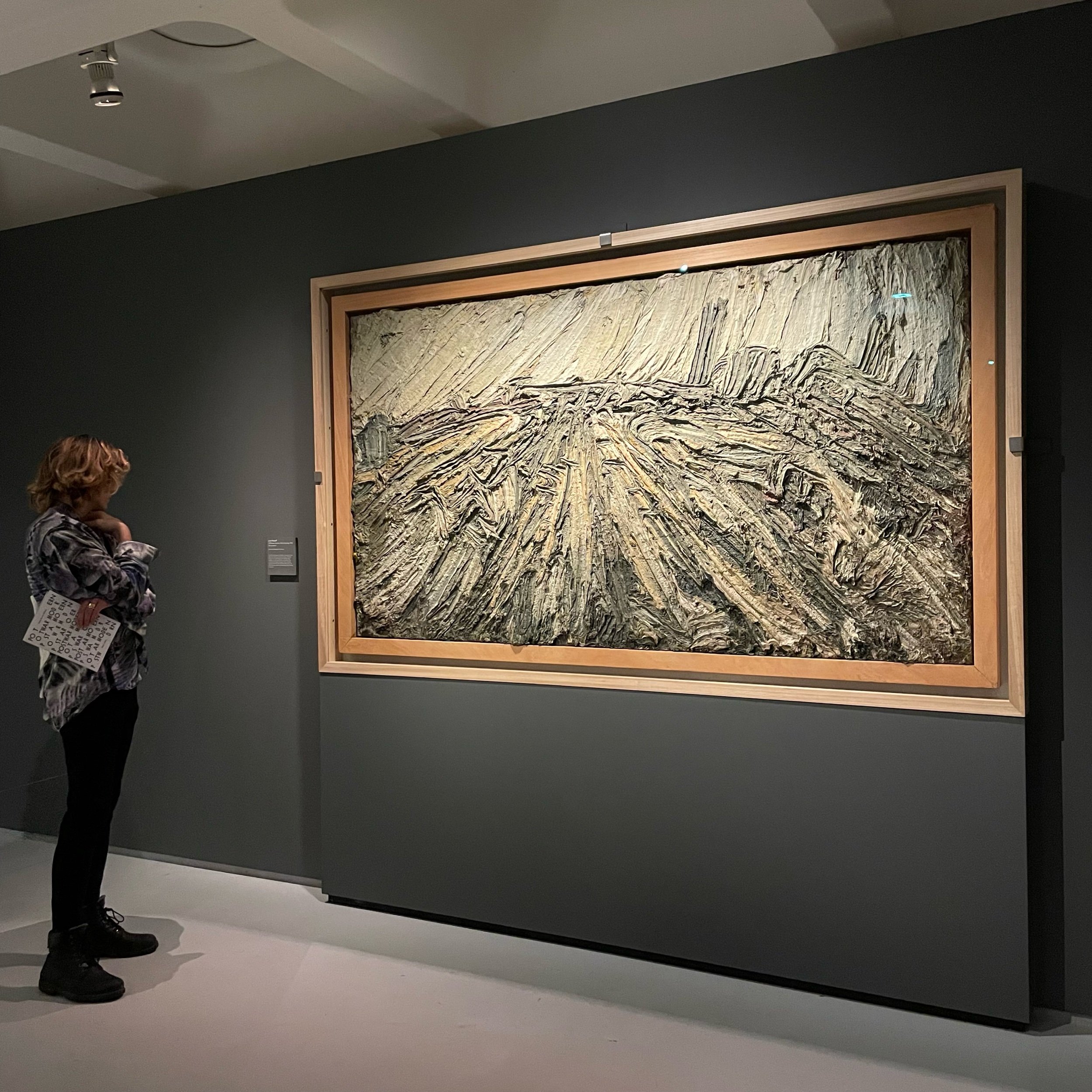
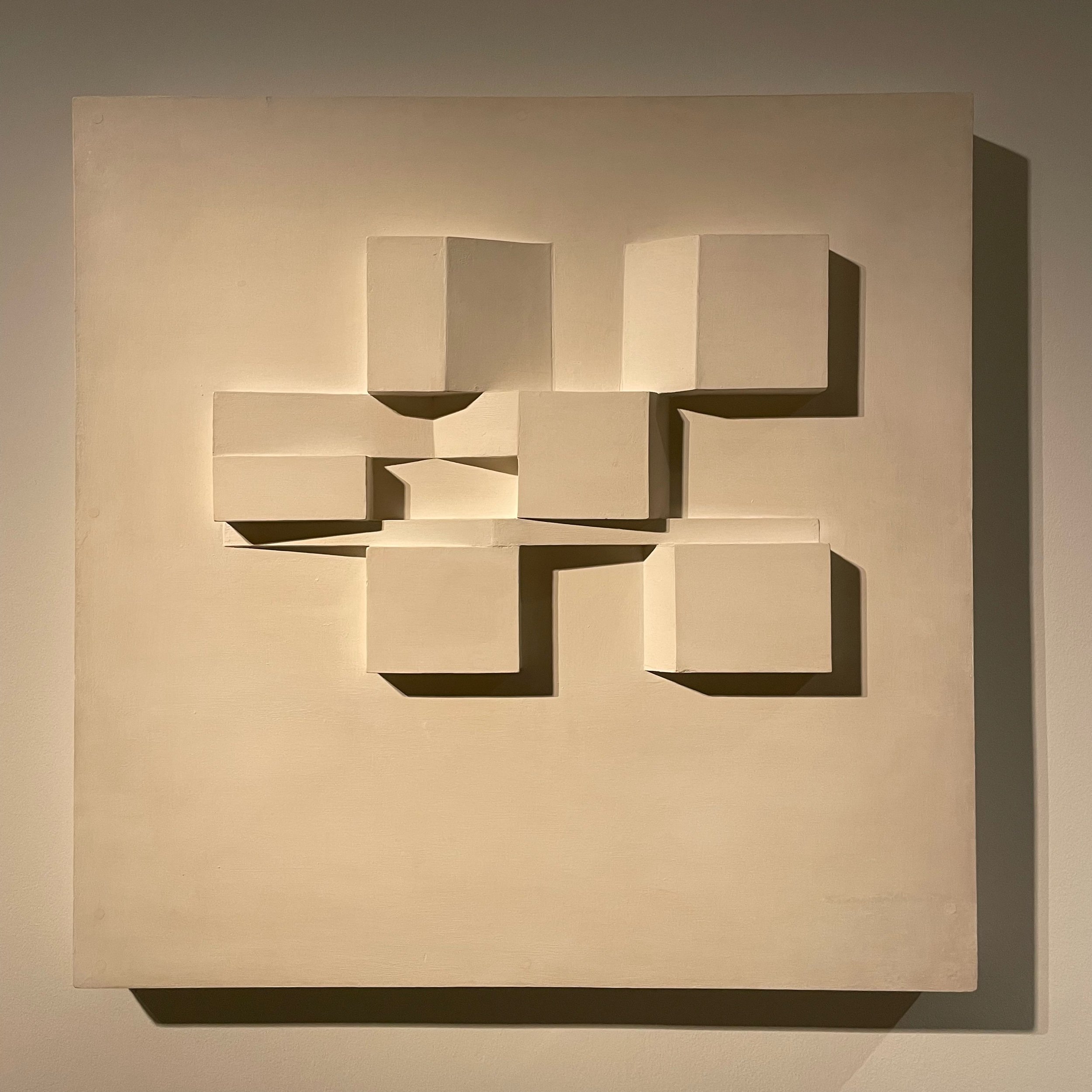
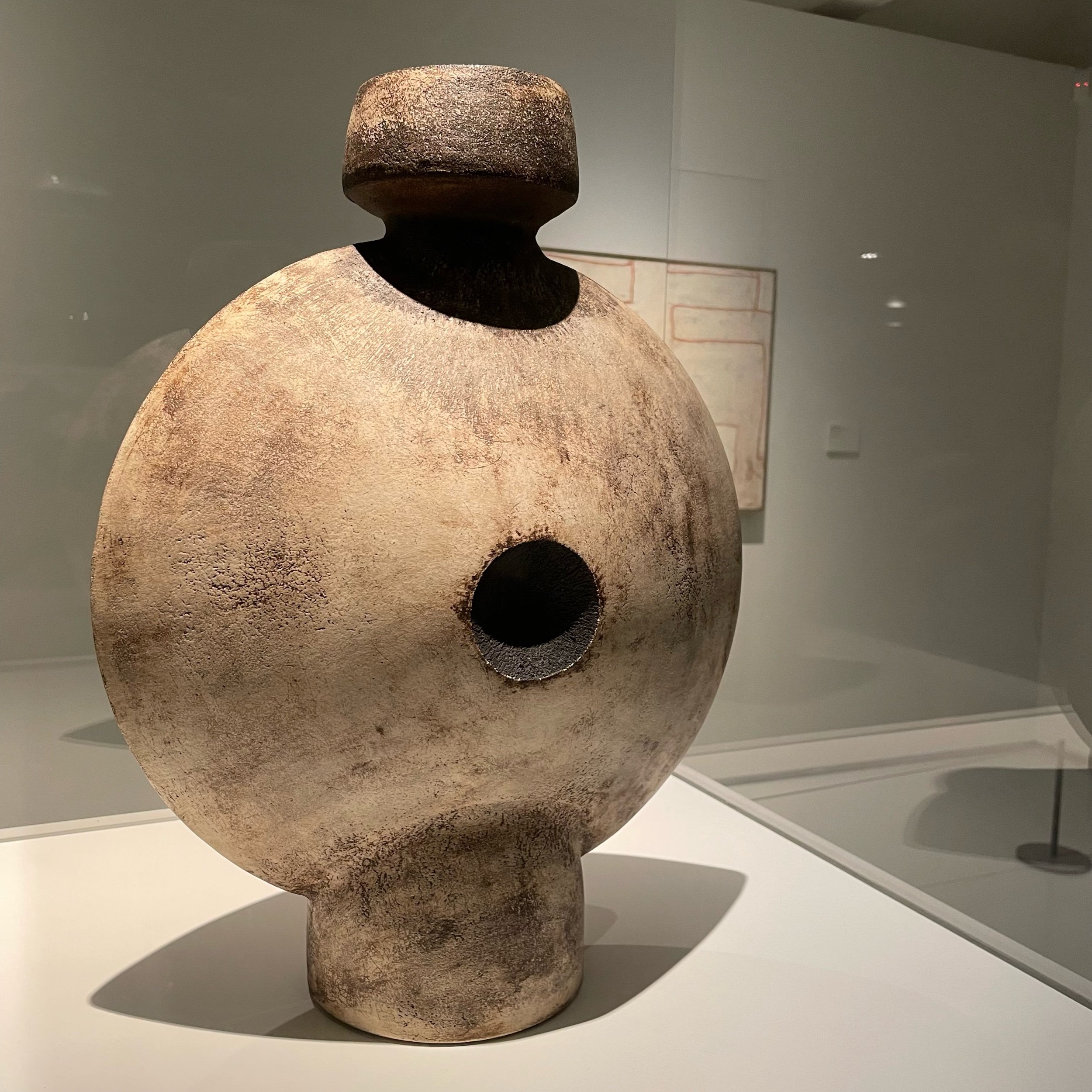
It would be all too easy to walk right past the blown up portrait of the woman in the bathtub as you enter the show. A Vogue model looks somewhat alluringly over her shoulder at a small sculpture of Venus as she washes. Take a closer look.
Maybe you’ll notice the floor mat soiled by the boots still covered with mud from Dachau. Or the framed portrait of Adolf Hitler perched precariously in the corner. It is indeed his bathtub, photographed, and occupied, by the war correspondent Lee Miller.
It’s a stark reminder of the atrocities that heavily influenced the next two decades of art on display in this show. And in case you waltz right past it, the next room will remind you just how grim the outlook was at the time.
Abstract and colourless works echo the wreckage and aftermath of the war. F.N. Souza’s ‘The Agony of Christ’ doesn’t exactly elicit the comforting hope of triumph over sin that the crucification is supposed to inspire.
It’s an impactful opening to an exhibition that comprehensively shows how artists were struggling to make sense of the world by breaking the boundaries between high and low culture and challenging traditional notions of art.
Though not arranged chronologically, the earlier works in the show are ragged and rough. The later art takes on a sheen of optimism clearly influenced by advancing technology and the American dream.
This period also saw the formation of many influential galleries and named “groups” of artists (Independent, Geometry of Fear, etc) that were generally male dominated affairs. In line with modern times, the curators bring recognition to many female and non-white artists who were previously overlooked and the show is much better because of it.
Whether you know the names or not, all of the works are powerfully emotive and shockingly contemporary for a collection over half a century old.
At Barbican (@BarbicanCentre) until 26 Jun
BONUS
David Medalla’s ‘Sand Machine’ from 1963. It’s amazing that this still works!
